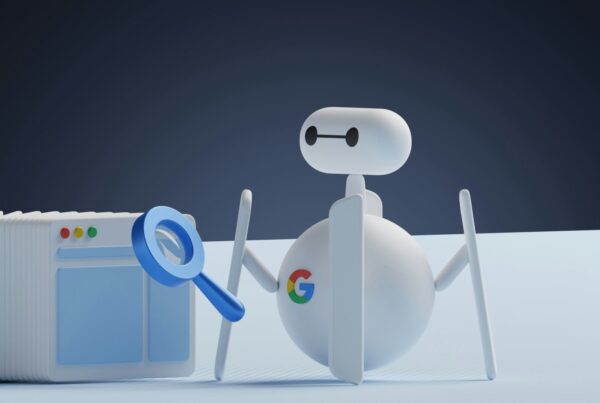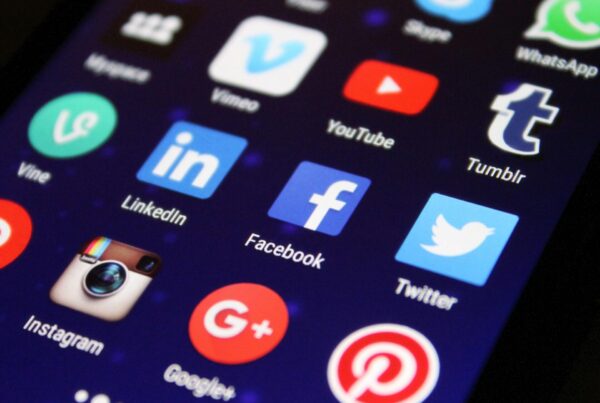Every brand dreams of launching a groundbreaking marketing campaign that captures attention, resonates with its audience, and drives sales. But even the biggest names can get it wrong—sometimes horrifically so. When marketing campaigns fail, they don’t just cost money, they damage reputations, alienate customers, and create PR nightmares.
The good news? There’s always a lesson to be learned. Let’s break down five major marketing missteps and what your brand can take away from them to avoid making the same mistakes.
Bumble’s Anti-Celibacy Billboard: A Lesson in Audience Awareness
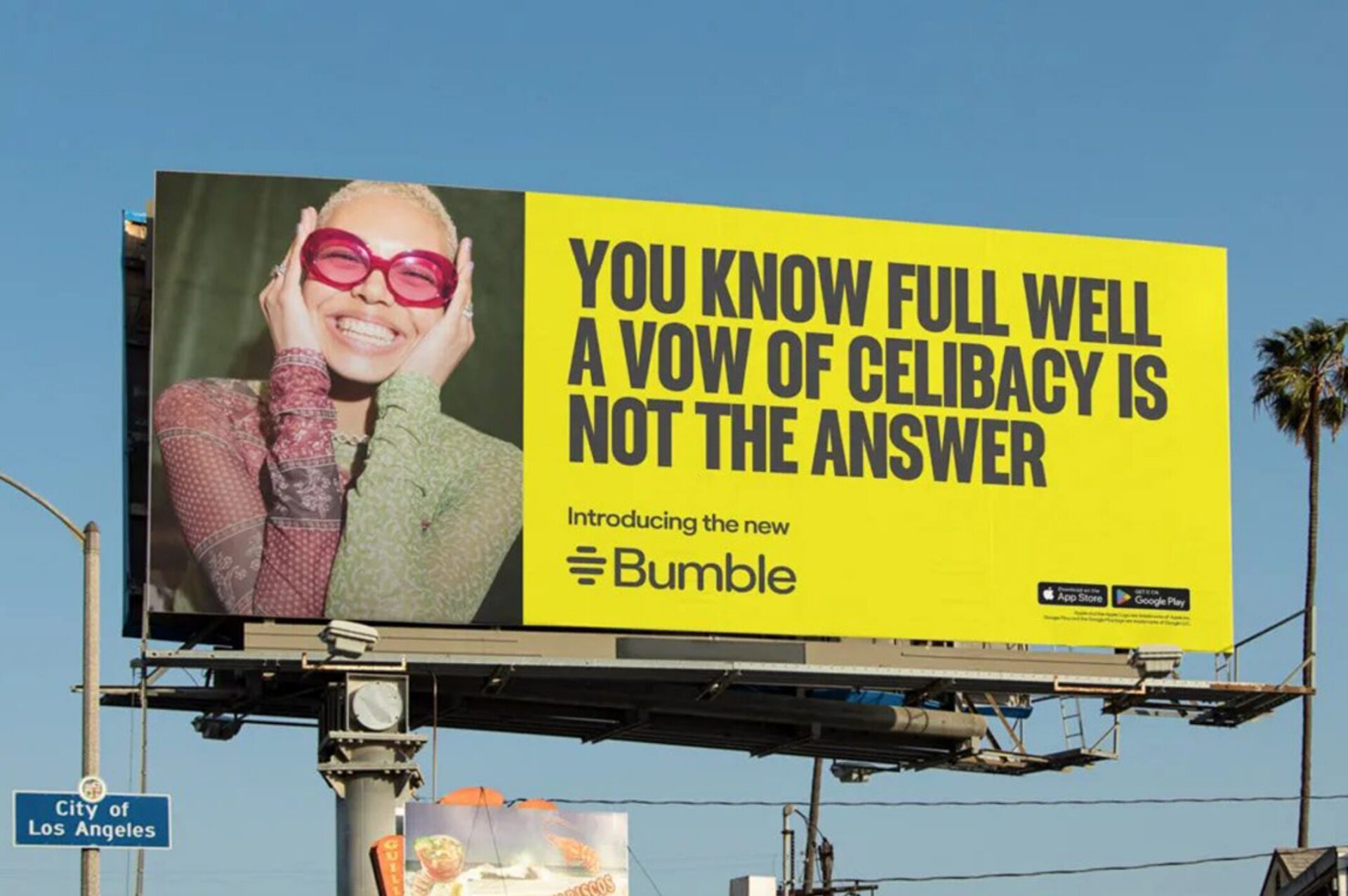
Credit: Cluffalo via X
What Happened?
In 2024, Bumble, the popular dating app, launched a rebranding campaign with a billboard that said, “You know full well celibacy is not the answer.” The message, intended to be playful, was met with immediate backlash for dismissing personal choices and not considering the broader societal discussions around dating, autonomy, and consent. Users took to social media to express their disappointment and frustration. Many pointed out that the message was insensitive to those choosing celibacy for personal, religious, or cultural reasons.
And to make matters worse, Bumble’s response was slow. By the time the company acknowledged the backlash, the damage was done, and many of its users had disengaged. The campaign was supposed to start a conversation around dating, but it alienated a significant chunk of its user base.
What Went Wrong?
- Alienating the Target Audience: Bumble didn’t consider the conversations around celibacy and dating. Instead of being inclusive, the campaign made celibacy seem like a problem that needed to be “fixed.”
- Tone-Deaf: The phrase “you know full well” came across as condescending rather than playful.
- No Testing: A simple focus group with actual Bumble users could have flagged this issue before the campaign launched.

Key Takeaway
Before you launch any campaign, research and listen to your audience. Test your messaging with real users, stay aware of social and political conversations, and respond quickly and sincerely when backlash occurs. A digital marketing agency like Brandastic can help by conducting audience research, message testing, and crisis management strategies to prevent similar mistakes.
Google’s “Dear Sydney” Campaign: AI and Emotion Don’t Always Mix
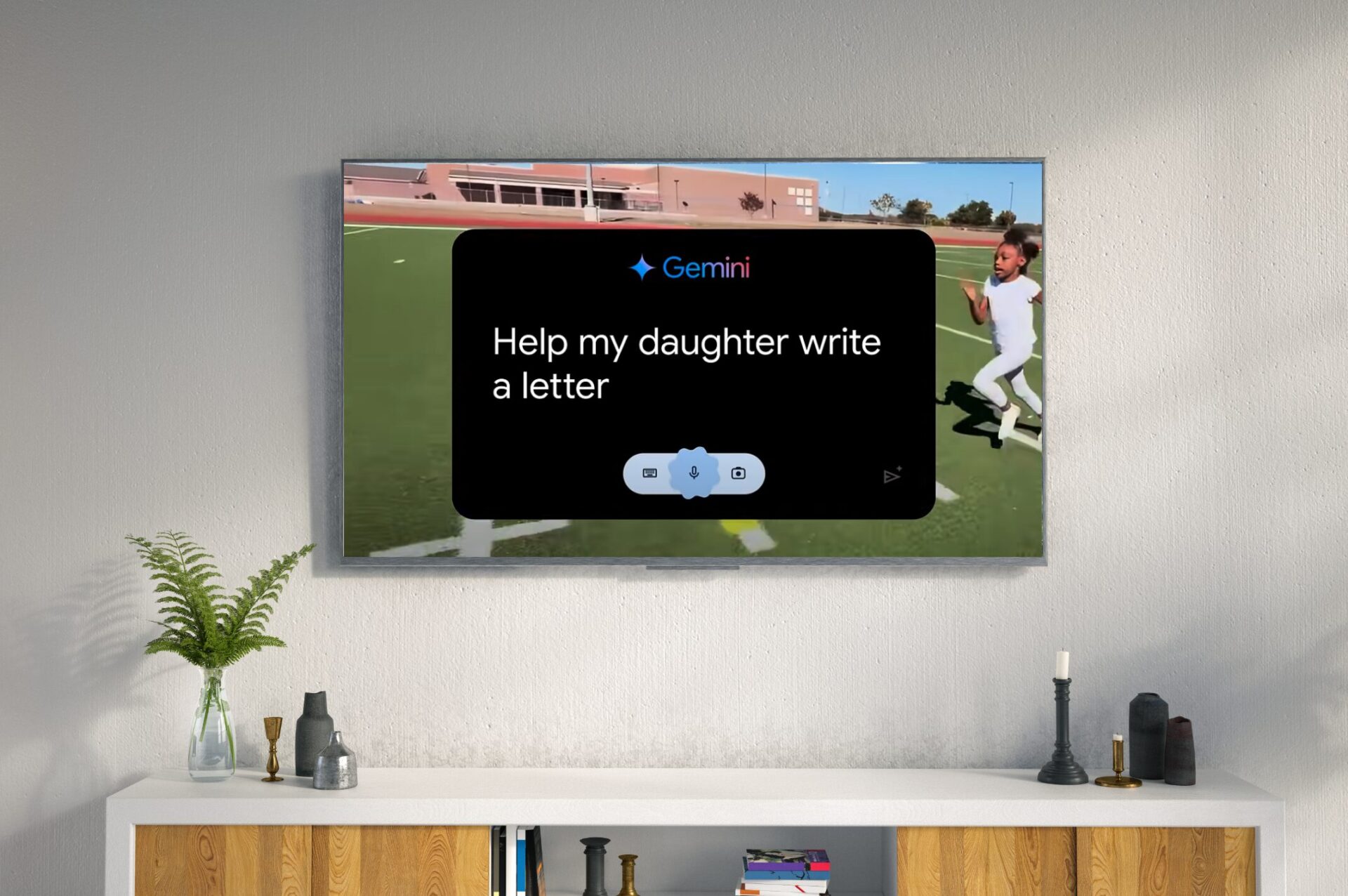
What Happened?
Google’s 2024 Olympics campaign featured a father using Gemini AI to help his daughter write a heartfelt letter to an Olympic athlete, Sydney McLaughlin-Levrone. While the ad was meant to showcase AI’s creative potential, it instead highlighted a deeper issue—how AI is replacing authentic human experiences. Critics felt that having an AI write a deeply personal letter stripped it of its authenticity, reinforcing concerns that AI is making human interaction less meaningful.
The backlash was particularly strong among parents and educators, who argued that children should be encouraged to develop their own communication skills rather than relying on AI for self-expression. Many felt that the ad, while technically impressive, missed the mark in promoting human connections.
What Went Wrong?
- Misusing AI in an Emotional Context: Instead of enhancing creativity, the ad made AI seem like a crutch for human connection, reinforcing fears that technology is replacing genuine sentiment.
- Tone-Deaf: The Olympics celebrate human perseverance and personal achievement. Relying on AI to craft an inspirational letter felt out of sync with the theme.
- Fueling AI Skepticism: The ad played into broader fears that AI is taking over roles best left to humans.
Key Takeaway
When you use AI in your messaging, ensure it enhances rather than replaces human creativity. If AI feels intrusive in an emotional setting, you may want to rethink its role in the campaign. We help brands strategically position AI-driven innovations without alienating their audience, so that messaging aligns with consumer values.
Coca-Cola’s AI-Driven Christmas Ad: Nostalgia Can’t Be Automated
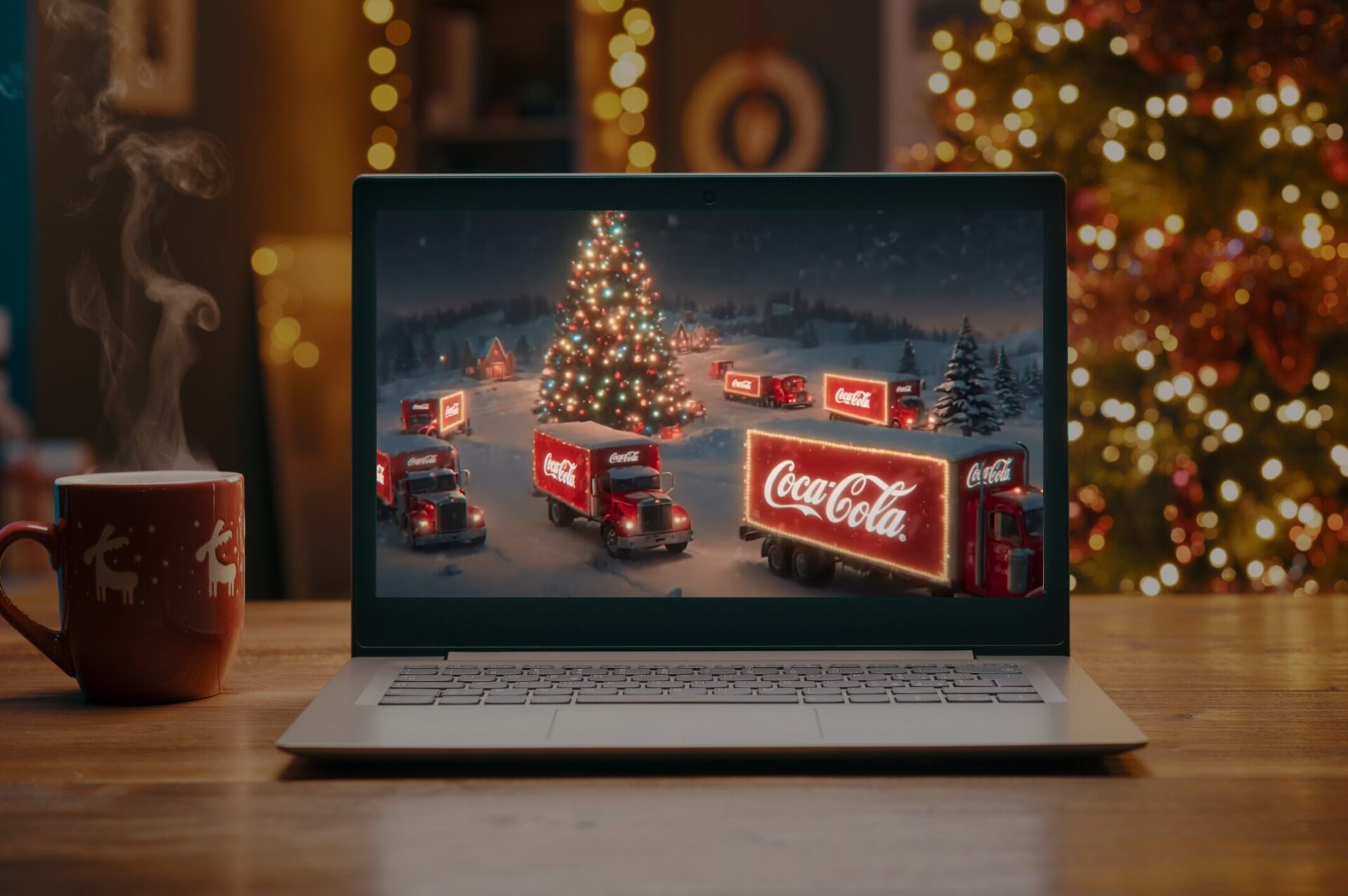
What Happened?
Coca-Cola’s 2024 holiday campaign was meant to capture the magic of the season, but instead left audiences feeling cold. The brand used AI to generate a visually stunning commercial, but it lacked the human warmth that Coca-Cola’s Christmas campaigns are known for. Viewers felt disconnected, saying the ad prioritized high-tech over genuine emotion.
Long-time Coca-Cola fans, who are used to heartwarming holiday campaigns featuring Santa, families, and the community, felt the AI-generated approach was impersonal. Instead of evoking nostalgia and joy, the ad became an example of how brands can over-rely on technology at the expense of emotional storytelling.
What Went Wrong?
- Prioritizing AI Over Human Emotion: Coca-Cola’s best holiday ads have always been about storytelling, emotion, and tradition. This AI-driven campaign felt soulless in comparison.
- Not Understand Brand Identity: Coca-Cola’s holiday brand image is built on warmth, human connection, and shared experiences. An AI-generated ad, no matter how visually polished, couldn’t replicate that magic.
- Over-Reliance on AI Trends: Just because AI is a hot trend doesn’t mean it belongs in every campaign. Coca-Cola’s attempt felt forced rather than innovative.
Key Takeaway
AI can enhance visuals, but it can’t replace the emotional connection that makes your brand resonate. Stay true to your brand’s core identity, especially during sentimental seasons like the holidays.
Gap’s Logo Redesign: When Rebranding Backfires
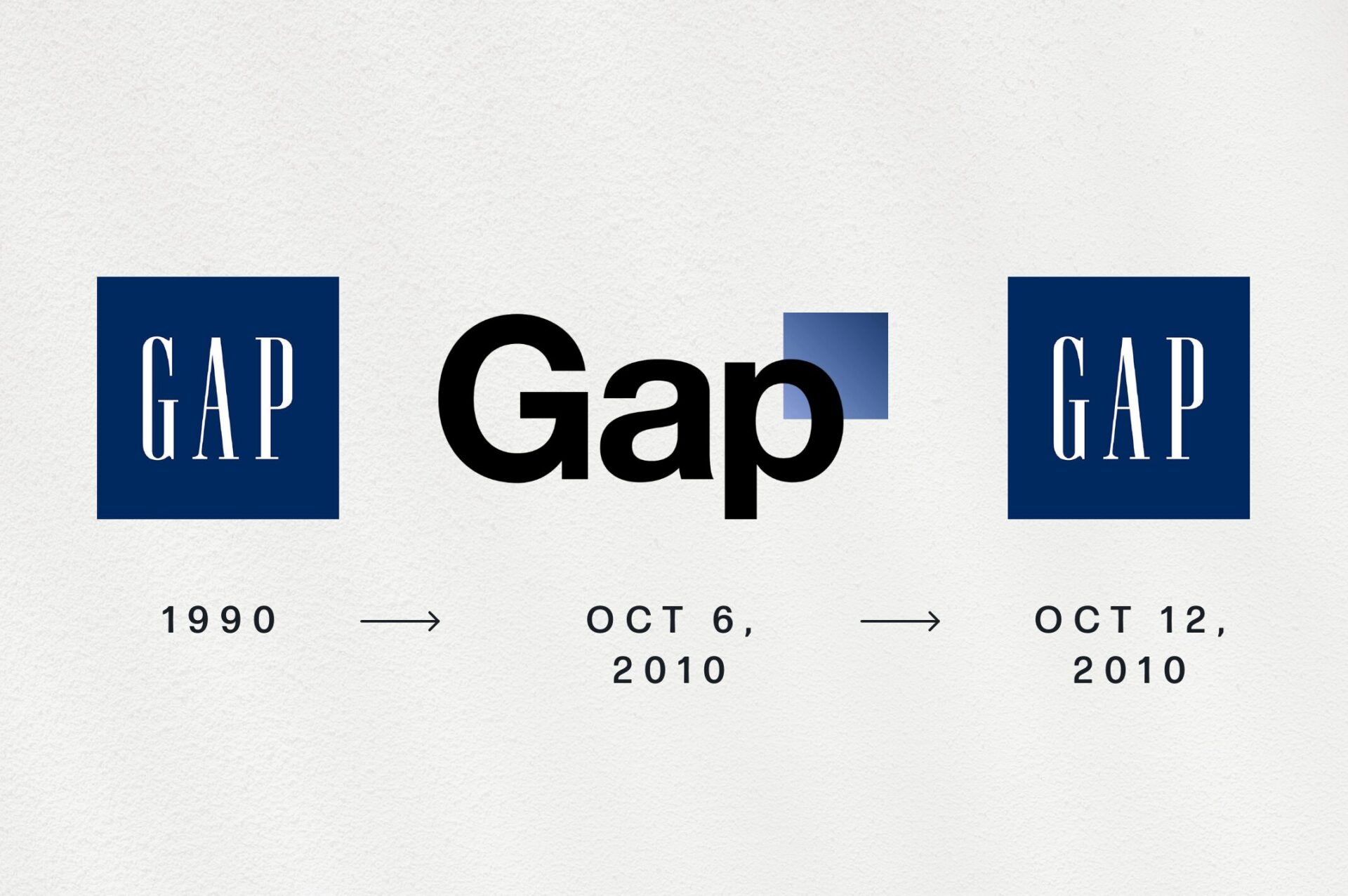
What Happened?
In 2010, Gap attempted to modernize its classic logo, replacing it with a bold black font and a blue square in the upper right. The reaction? Instant backlash. Customers hated the new design, and online criticism was brutal. The change was so unpopular that within six days, Gap reversed the change and went back to the original logo, one of the fastest branding reversals in history.
Gap’s mistake wasn’t just in the redesign itself but in how it was rolled out. Customers had no warning, no explanation, and no chance to be part of the process, making the abrupt change feel arbitrary and jarring.
What Went Wrong?
- Ignoring Customer Sentiment: Gap didn’t realize how emotionally attached customers were to the original logo.
- Lack of Customer Testing: The rebrand was rolled out with little input from loyal customers.
- Poor Crisis Management: Instead of owning up to the mistake, Gap tried to crowdsource design ideas, making the situation worse.
Key Takeaway
If you’re making a major change to your branding, test it first. Poll customers, run focus groups, and introduce changes gradually to avoid alienating your core audience. Brandastic offers strategic branding services to help businesses modernize their image while maintaining customer loyalty.
Kendall Jenner’s Pepsi Ad: The Danger of Co-Opting Social Movements

What Happened?
Pepsi’s 2017 commercial featuring Kendall Jenner joining a protest and handing a police officer a can of Pepsi was meant to promote global unity. Instead, it trivialized social justice movements and was widely criticized for being tone-deaf. The backlash was so severe that Pepsi pulled the ad within 24 hours and issued a public apology.
The ad was criticized for simplifying complex social issues and reducing activism to a marketing tactic. Using a celebrity in a staged protest setting made it feel like a performance rather than genuine.
What Went Wrong?
- Using Serious Issues for Profit: The ad tried to capitalize on activism without understanding the real-world protests.
- Misreading Public Opinion: Instead of unity, the ad came across as an insensitive simplification of complex societal issues.
- Lack of Authenticity: The celebrity in a staged protest setting made the ad feel performative rather than real.
Key Takeaway
If you’re going to tie your brand to a social cause, do it authentically. Don’t trivialize important issues and consult with the communities affected by those issues to ensure your messaging is respectful and impactful.
Learning from Failure
Marketing mistakes happen even to the biggest brands. The key is to learn from them. Here’s how to avoid similar mistakes in your campaigns:
- Know Your Audience: Research their values, beliefs, and current conversations before launching a campaign.
- Test Before You Launch: Use focus groups, surveys, and A/B testing to gauge reactions.
- Stay True to Your Brand Identity: Don’t force trends into your messaging if they don’t align with your brand’s core values.
- Read the Room: Be mindful of social, political, and cultural conversations that could impact how your message is received.
- Respond Quickly & Thoughtfully: If your campaign receives backlash, acknowledge mistakes, take corrective action, and be transparent.
At Brandastic, we help businesses create strategic, data-driven marketing campaigns that align with their audience’s values. From market research and branding to campaign execution and crisis management, our expert team ensures that your messaging resonates and drives results. Want to avoid costly marketing mistakes? Let’s create a campaign that connects with your audience and builds your brand. Contact us today to start your marketing success story.
